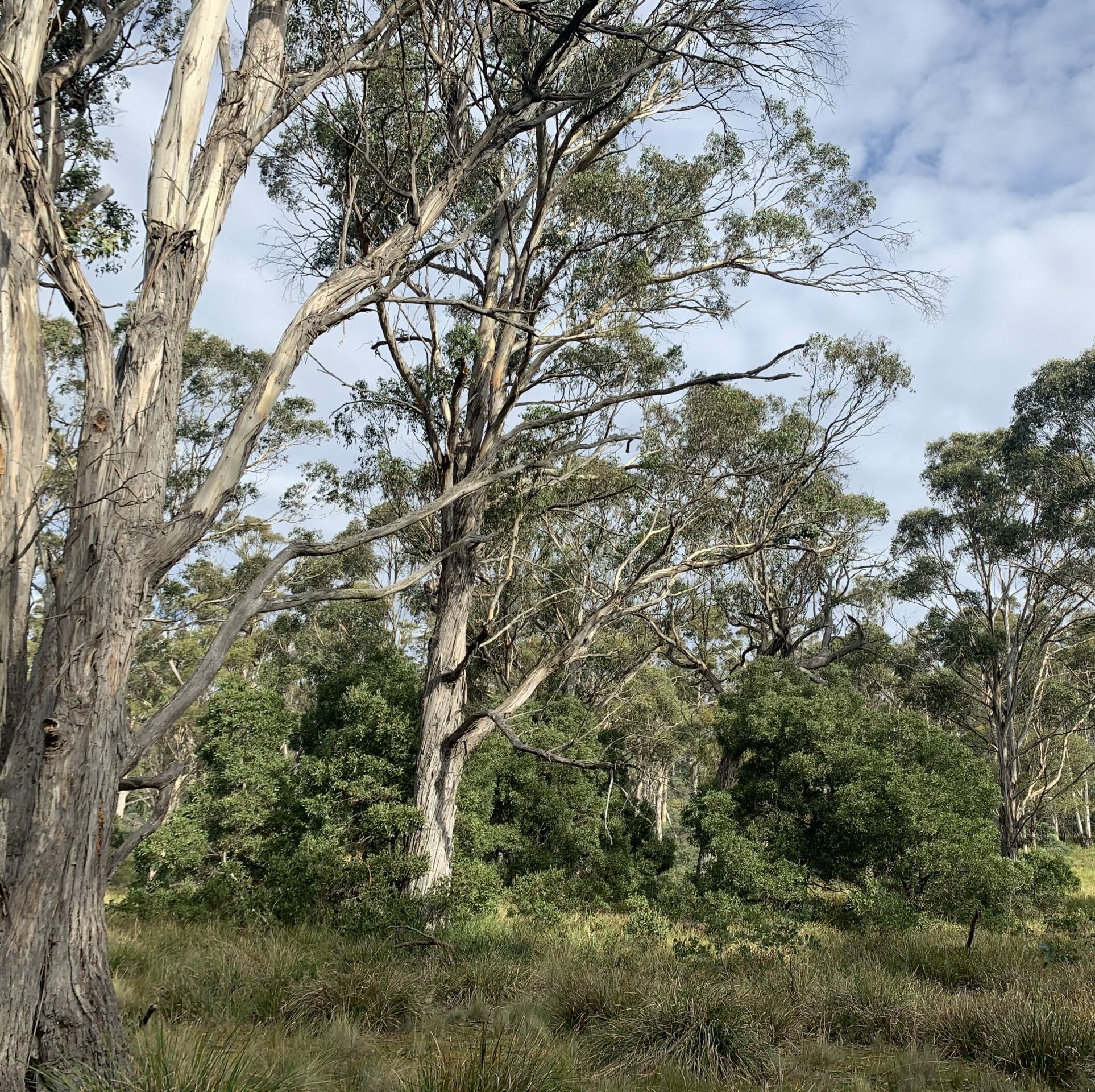Conservation efforts often work on protecting large areas of intact landscapes. Actions may focus on one or several species within that landscape – or trying to preserve a specific type of habitat such as grassy woodlands or temperate rainforest. However, when a habitat has become fragmented and is largely found in modified landscapes, such as farmland or urban areas, we need to look at different kinds of conservation approaches.
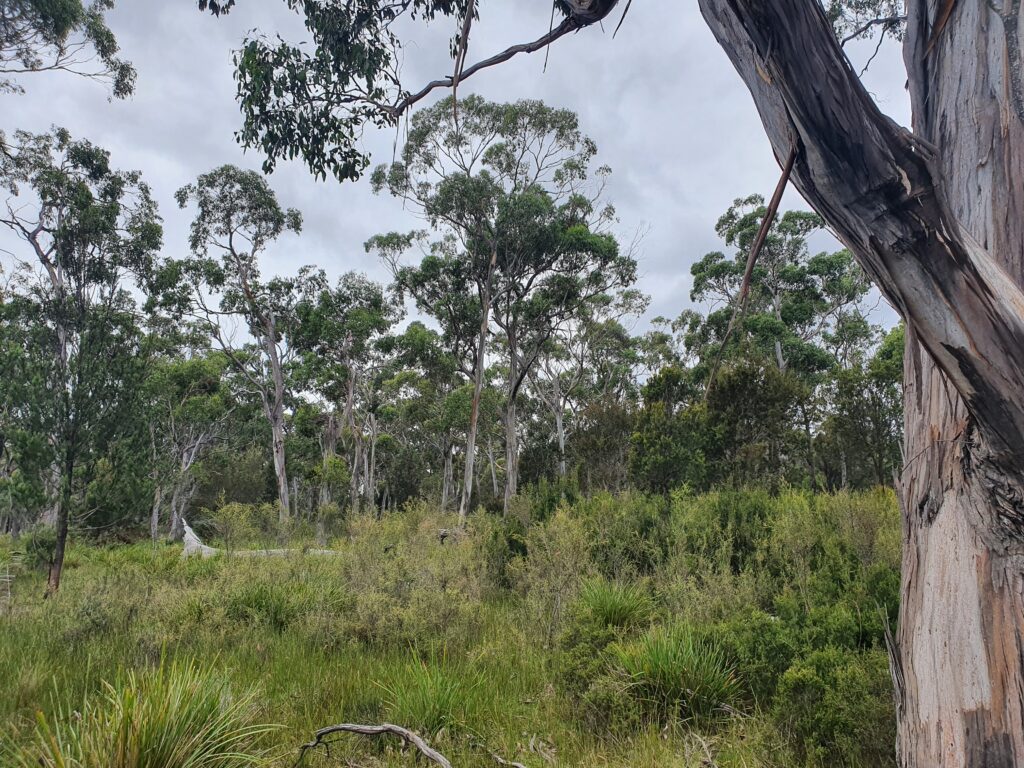
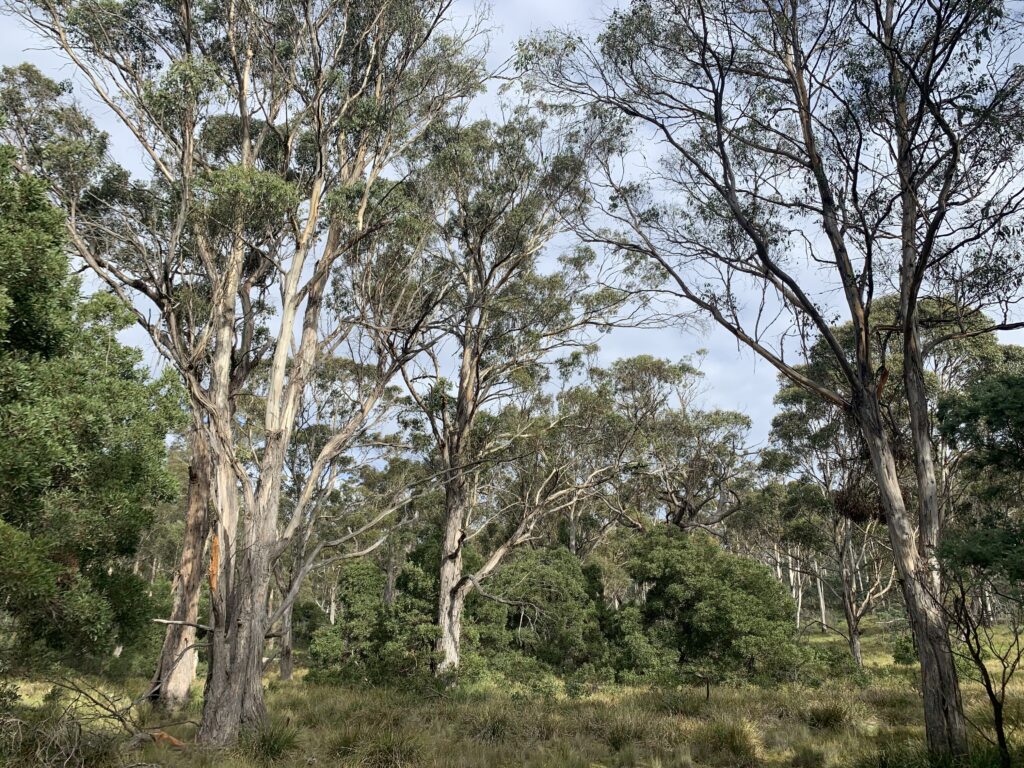
Tasmania is home to a unique and critically endangered ecological community known formally as ‘Tasmanian forests and woodlands dominated by Black gum (Eucalyptus ovata) or Brookers gum (Eucalyptus brookeriana)’. These Black gum – Brookers gum forests have declined by 90% from across northern and eastern Tasmania – mostly due to historical agriculture and forestry activities, but also from urban/peri-urban clearing in recent times.
Today, these forests exist as fragmented patches. Most are less than 10 hectares (ha), but the average size is around 2.5 ha. Not surprisingly, the ecological integrity of these forests has seriously declined. While many patches are connected, or near to, other native forests, over a quarter of all remaining patches are isolated from any other native vegetation, and many sites have been invaded by weeds and are home to feral browsers such as deer. Our work on this community, as part of our broader Threatened Plants Project, aims to protect what is left of these forests, and to recover and expand what remains.
To achieve this, we have been working with landholders across southern Tasmania using two different approaches.
CONSERVATION COVENANTS
A conservation covenant is a voluntary agreement where a landholder commits to protecting the natural values of a defined area in partnership with a Covenant Scheme Provider, while continuing to own, use and live on the land.
NRM South engaged the Tasmanian Land Conservancy (TLC ) to establish five high-priority covenants. As a first step, TLC mapped the remaining stands of southern Tasmanian Black gum – Brookers gum forests as the available data was outdated or incomplete. Once complete, TLC was able to shortlist and prioritise potential properties that would be suitable for conservation covenants and management agreements.
Less than 50 of the properties surveyed contained more than 10 ha of Black gum – Brookers gum forest, and these were typically made up of multiple smaller patches. The largest single patch on any of the properties was 40 ha. To be included in potential covenants, remnants needed to be greater than 2 ha as anything smaller would be more likely to be degraded.
TLC considered the following to prioritise Black Gum – Brookers gum forest remnants for covenanting:
- Conservation value. This included size, condition and other natural values (e.g. threatened plants and animals);
- Likelihood of remnants to maintain conservation value in the long-term; and
- Landholder capacity. This included willingness, ability to undertake on-going stewardship, and impact of covenant on property succession planning.
An important part of the covenanting establishment process was developing an equitable landholder support package. These stewardship funds were tailored to the capacity of each landholder and management needs of the priority remnants. For instance, funds were used for on-ground works (e.g. weed control and fencing) appropriate to the site’s needs.
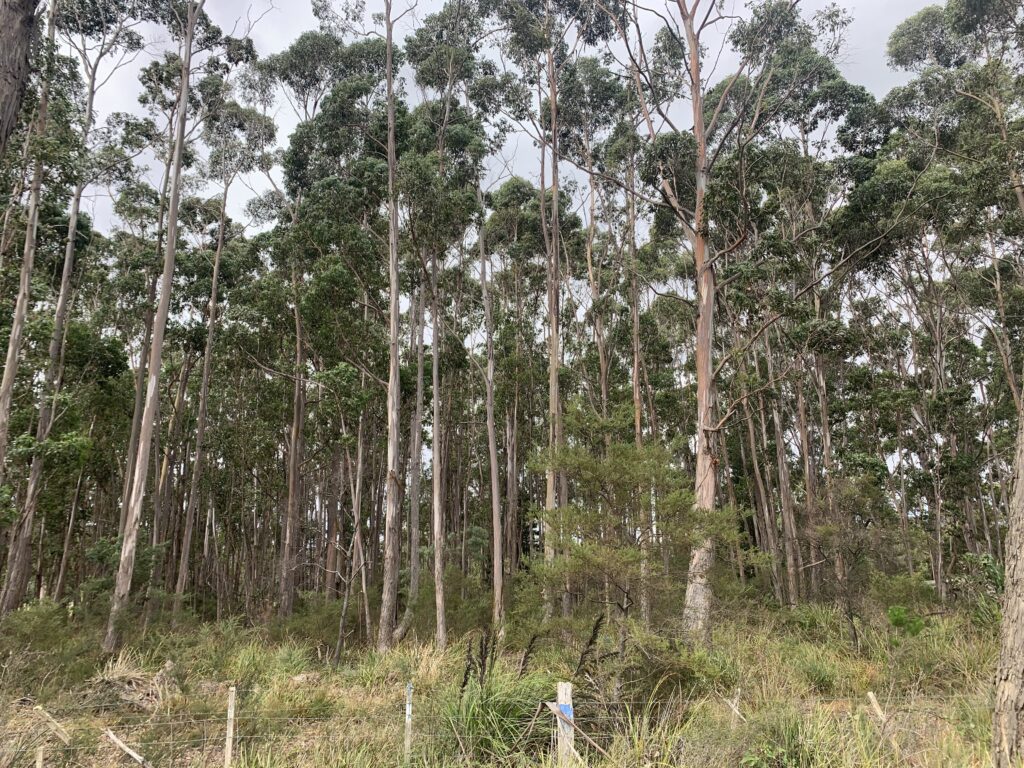
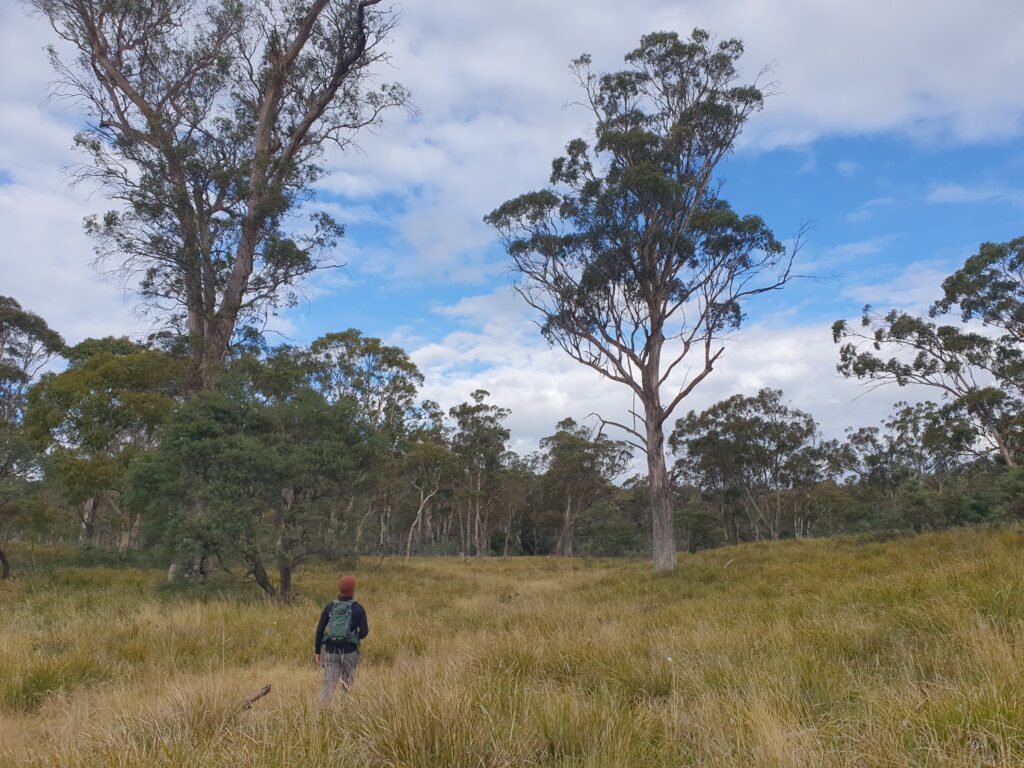
As a result of this project, approximately 208 ha are now under conservation covenants. While the presence of Black gum-Brookers gum forest provided the foundation for their establishment, TLC also included other important habitat types in defining covenanted areas. In total, a combined 34.65 ha of Black gum-Brookers gum forest has been protected, while the remaining approximately 170 ha incorporates habitats such as wet and dry Blue gum (Eucalyptus globulus) forests, Silver Peppermint (Eucalyptus tenuiramis) forest, sedgelands, rushlands and lacustrine herblands.
WHO LIVES IN THESE PROTECTED AREAS? Some of the important species that the covenants are protecting:
FOREST ON FARMS PROGRAM
This component of the project worked with production focused landholders who had smaller remnants that did not meet the minimum condition thresholds to be covenanted. Support, in the form of financial assistance and professional expertise, was provided to landholders who had at least 1.5 ha of Black gum-Brookers gum remnants on their properties to help them maintain or improve the condition of this community. Since launching in 2021, our Forest on Farms program has helped fund management actions across approximately 70 ha of Black gum – Brookers gum forest. Funding assistance was made available for one of more of the following:
- Fencing to exclude stock or browsing animals (such as deer or rabbits);
- Ceasing firewood removal;
- Weed control;
- Revegetation using appropriate native species, and;
- Restoring natural hydrology.
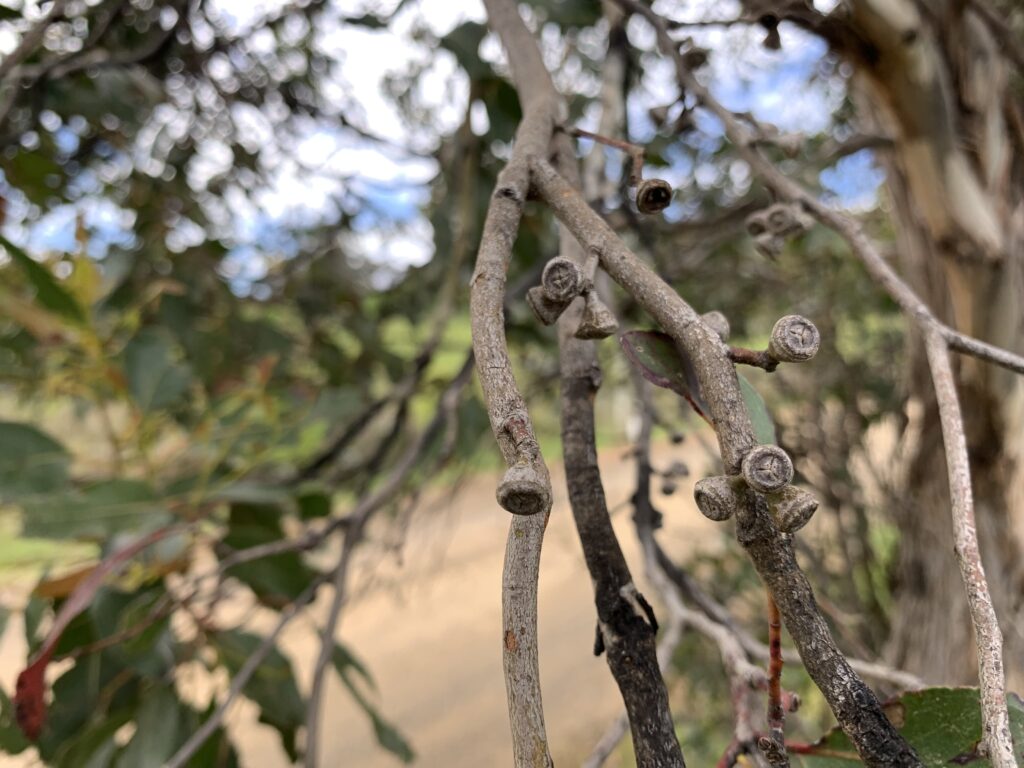
Black gum – Brookers gum forests are vital for sustaining the health of our landscapes – not just for their environmental values, but also for the benefits they bring to land productivity and to people. Supportive practices have helped to retain many forest remnants, for example where remnants have been intentionally set aside by farmers because they occur along watercourses or gullies or serve as shelter for stock and windbreaks for croplands and pastures. These patches continue to provide habitat for native species, and corridors for the movement of native wildlife. Black gum – Brookers gum forests provide habitat for over 30 nationally listed threatened species.
Intact forests also help to prevent the loss of valuable topsoil, minimise erosion and help prevent salt pans from forming, especially in the Midlands region. Native birds and bats that depend on these forests help to control pest insects that attack nearby crops or plantations. Native insects living in forests play an important role in the pollination of native and crop plants, and control of pests.
With only 25,000 ha of this forest type remaining, every small pocket that is protected is important and provides a foundation for improving the stewardship of this rare habitat and improving its connectivity through the landscape.
This project is supported by NRM South through funding from the Australian Government’s National Landcare Program.
